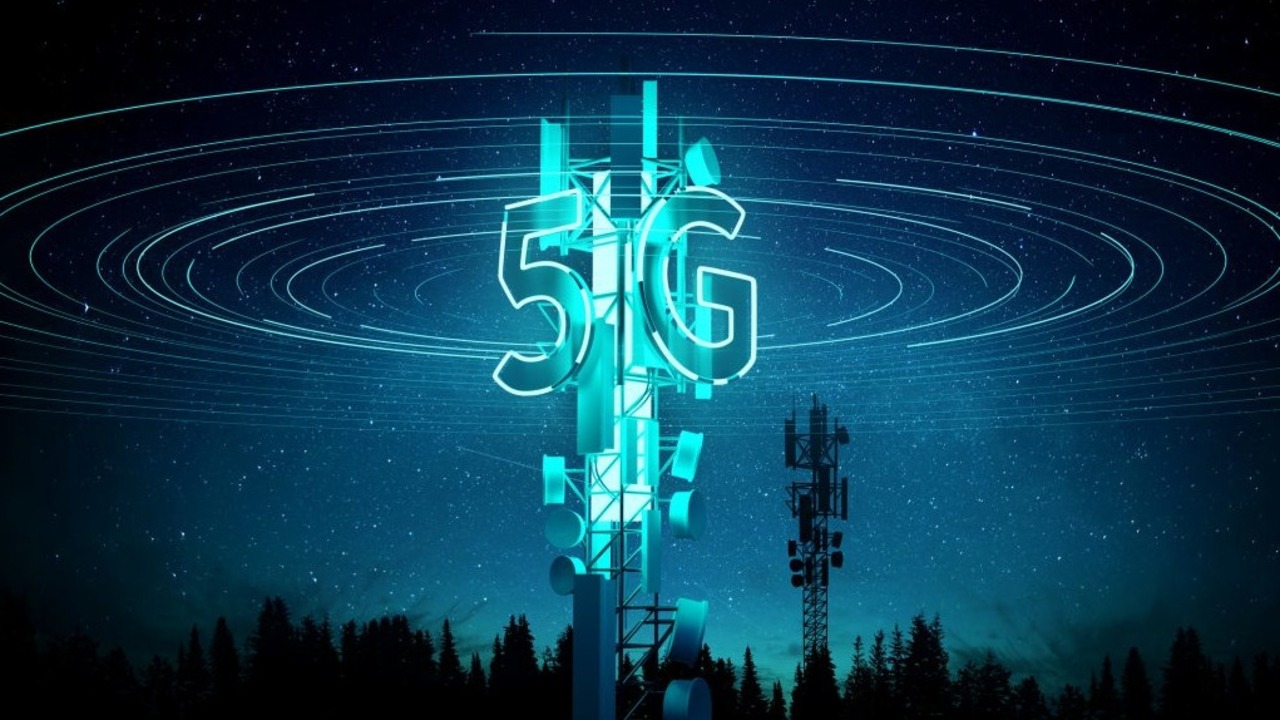Verizon and AT&T still suck at 5GVerizon and AT&T still suck at 5G
The latest US coverage data from Opensignal confirms two of the countries three mobile networks are still struggling to make 5G available.
July 24, 2024

As you can see in the chart below, Verizon subscribers are, on average, able to access 5G on their devices just 7.7% of the time. AT&T’s fare a bit better at 11.8 % but TMUS is miles ahead, with its subscribers enjoying the unique delights of 5G 67.9% of the time.

In its published report, Opensignal doesn’t dig into why Verizon and AT&T are so far behind when it comes to 5G coverage but the smart money is on their use of spectrum. The two laggards have gone all-in on mid-band spectrum for 5G, as that offers greater capacity, and also spent big on mmWave back in 2020, the utility of which remains questionable. TMUS, meanwhile, has repurposed a bunch of low frequency spectrum for 5G.
A simple fact about radio waves is that the higher their frequency is, the worse their propagation characteristics become. In other words, high frequency spectrum has shorter range and is less able to pass thorough solid objects such as walls. A Light Reading report on the same data refers to third party analysis that points the blame squarely at spectrum type too.
Even going a bit lower than the mid-band average frequency of 3.5 GHz can make a significant difference to propagation characteristics, apparently. But, initially at least, TMUS was beaming 5G goodness over 600 MHz spectrum, which offers exceptional coverage from each base station. It was a bit of a cheat, however, as 5G over 600 MHz was barely faster than 4G, confirming that coverage data in isolation only paints a small part of the overall network picture. We don’t know what proportion of TMUS’s 5G network still uses 600 MHz.
Nonetheless, these latest findings augment the general impression that TMUS, to continue the use of US vernacular, is kicking Verizon and AT&T’s ass right now. Opensignal’s table summarising all the metrics it applies to mobile operators has TMUS ahead in most categories, with Verizon doing well in 5G thanks only to ‘experience’ indices that seem to take no account of availability. What good is a potentially great experience if you can hardly ever access it?

No wonder US operators have tightened their belts when it comes to spending on their networks. They forked out so much money on 5G kit and licenses when the hype was at its peak and are surely still a long way from realising much return on those investments. To generate acceptable 5G coverage using mid-band spectrum, US operators will have to spend a lot more on new base stations than they’re apparently prepared to.
About the Author
You May Also Like










.png?width=300&auto=webp&quality=80&disable=upscale)


_1.jpg?width=300&auto=webp&quality=80&disable=upscale)